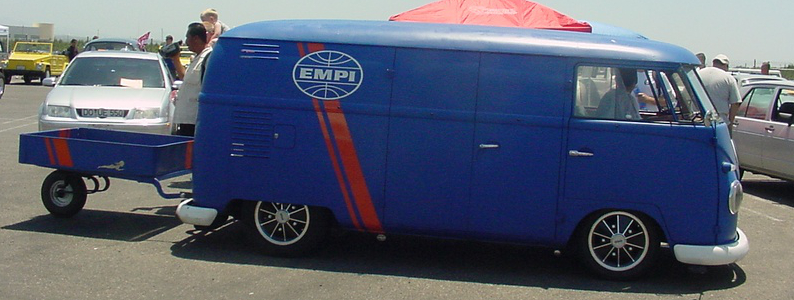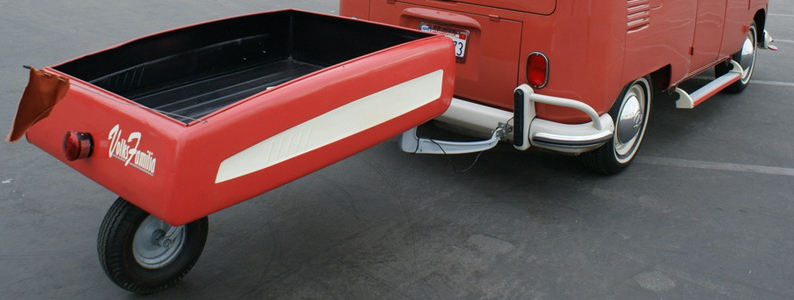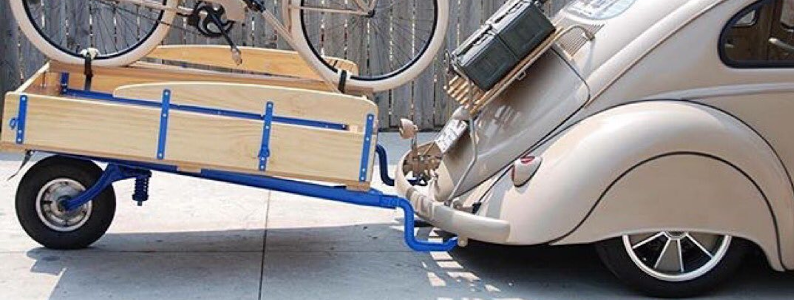This site is your go-to resource for single wheel trailers, featuring big brands like Allstate, Heilite, and Coffman to the lessor known brands, and even the custom built or one off creations. Our goal is to be the most complete and informative site for single wheel trailers on the web. If you have any information, photos, or other relevant content to share, we’d love to hear from you!
What is a single wheel trailer?
A single-wheel trailer is a unique type of trailer that uses just one wheel for support. Most trailers have one or two axles with two wheels per axle, and they connect to the towing vehicle at a single point using a hitch and ball. In contrast, single-wheel trailers are designed with just one wheel and connect to the vehicle with a special hitch that attaches at two points, making them a quite different from the standard 2 wheel setup
Trailer tracking
On a conventional trailer, the tow vehicle’s turning causes the trailer to follow a tighter radius due to the hitch and ball acting as the pivot point. For example, when a semi-truck makes a right turn, it has to navigate a wider arc because the rear wheels of the trailer turn at a reduced radius compared to the front wheels of the truck. If the truck doesn’t compensate by turning widely enough, it risks colliding with objects on the inside of the turn, such as curbs, signs, or other obstacles. This is why semi-trucks often have warnings like “This vehicle makes wide right turns.”
In contrast, single-wheel trailers exhibit a different turning mechanism. These trailers turn with a larger radius than the tow vehicle due to their design, which incorporates a large caster wheel. This wheel operates similarly to the front wheel of a shopping cart, capable of rotating a full 360 degrees. This design allows the single-wheel trailer to pivot at the wheel itself rather than at the hitch, resulting in a wider turning radius and more precise maneuverability.
Hitches
So, how does a single-wheel trailer stay upright? With a conventional two-wheel trailer, balance isn’t a problem because there’s a wheel on each side. But with a single-wheel trailer, it might seem tricky since there’s only one wheel. The key to keeping it stable is a special hitch.
This hitch attaches to the vehicle at two points and can only pivot up and down, not side to side. There are a couple of types of bumper clamp hitches you might come across. One type has an adjustable clamp that attaches to the top and bottom of the bumper. Carl has shared some great photos of these clamps, which you can see below (with the left photo from Randy Pickton and the other two from Carl).
Another type of bumper clamp hitch attaches to the bracket holding the bumper on, rather than clamping around the bumper itself. This design is quite convenient because it can stay in place even when the trailer isn’t attached and is less noticeable (see the last picture, where the single-wheel hitch is barely visible compared to a standard trailer hitch). This way, no modifications are needed to the vehicle itself. Thanks to Kurt for the fantastic pictures!



